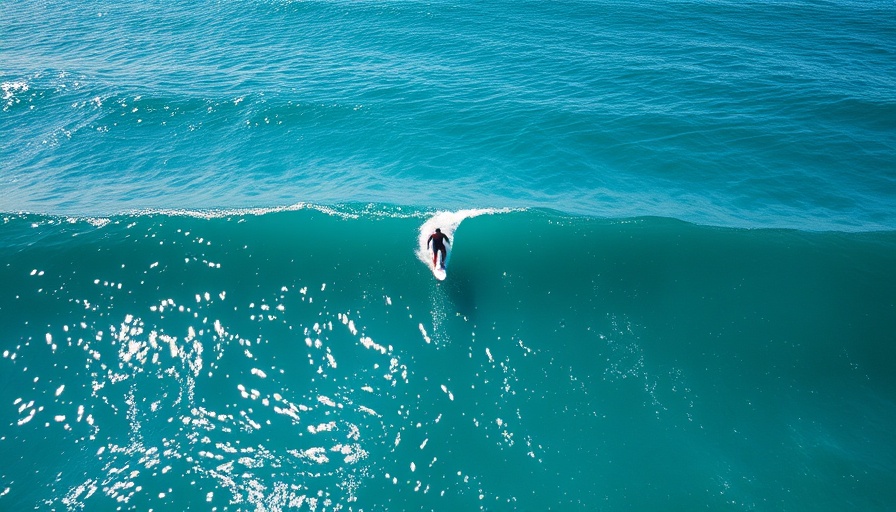
Understanding Solitary Waves: The Unique Waveforms in Surfing
As surfers and windsurfers, recognizing the waves we ride is key to mastering our sport. Have you ever noticed a wave that seems to stand perfectly still, just pushing water forward without any oscillation? That’s a solitary wave, also known as a wave of translation. Unlike the common crests and troughs of oscillatory waves, solitary waves are characterized by a single, cohesive crest that retains its shape and speed as it travels. But what does this mean for those of us who thrive on the water?
The Formation of Solitary Waves: Worth a Look
So, how do these fascinating waves come to be? Solitary waves often emerge after a wave breaks, pushing a mass of water that travels over the still surface rather than simply rising and falling. This phenomenon typically occurs in shallow waters, making it vital for surfers to be aware of their surroundings when riding near shorelines. Understanding the genesis of solitary waves not only enriches your knowledge of wave dynamics but also helps you anticipate conditions in the water.
Historical Insights: John Scott Russell’s Discovery
The science behind solitary waves isn’t new. Scottish engineer John Scott Russell made the first documented observation of this unique phenomenon in 1834. While examining boat designs, he noticed a solitary wave formed after a vessel abruptly halted in a narrow channel. This experience enabled him to follow the wave for several miles! His findings spurred interest in studying wave behavior, which ultimately enhances our knowledge of both engineering and surfing today.
Characteristics of Solitary Waves: What Sets Them Apart
Solitary waves possess distinctive features that differentiate them from typical ocean waves:
- Single Crest: Unlike oscillatory waves, solitary waves consist solely of a crest without a trough, remaining above calm water levels.
- Forward Particle Movement: When a solitary wave passes, it propels water particles forward without returning them to their original position. You might notice this if a floating object on the water is nudged along without being pulled back.
- Speed Relationships: A solitary wave's speed can be calculated based on water depth and wave height, providing surfers insight into their environment as they ride.
Recognizing these characteristics is not just academic; it can profoundly impact your approach to navigating waves on the coast.
Where and When to See Solitary Waves
While solitary waves are rare in the open ocean, they're frequently observed in shallow coastal areas, particularly where waves break. Popular spots, like the Strait of Gibraltar, showcase this exciting wave type. As a surfer, familiarizing yourself with these environments will enhance your riding experiences and safety while out on the water.
Conclusion: Embrace the Science of Surfing
The next time you venture into the waves, think about the fascinating science of solitary waves and their properties. Understanding the intricacies of these wave forms can give you a strategic edge, enhancing not only your riding techniques but also your overall experience in the surf. Don’t miss out—be sure to explore more about the dynamics of waves and how they can affect your performance in the water!
 Add Row
Add Row  Add
Add 




Write A Comment